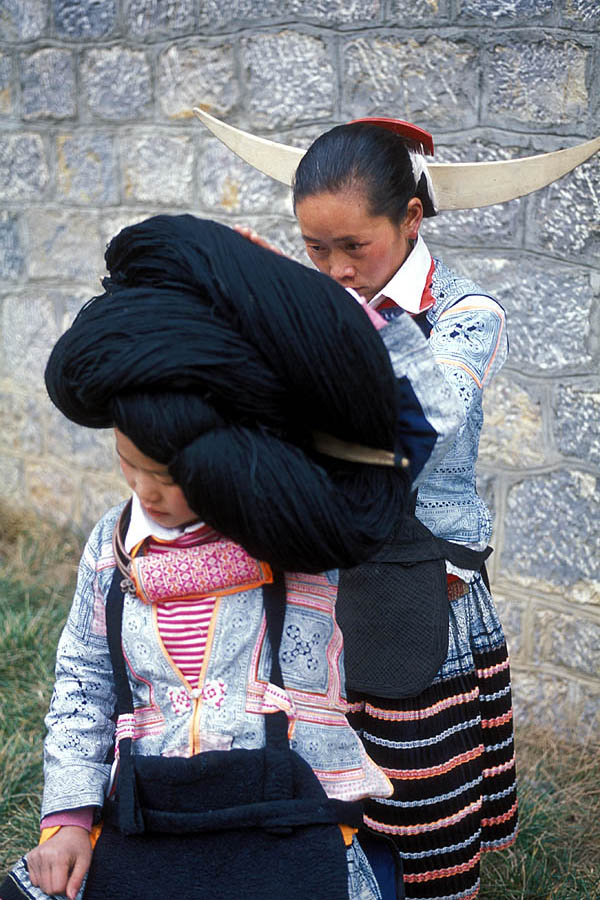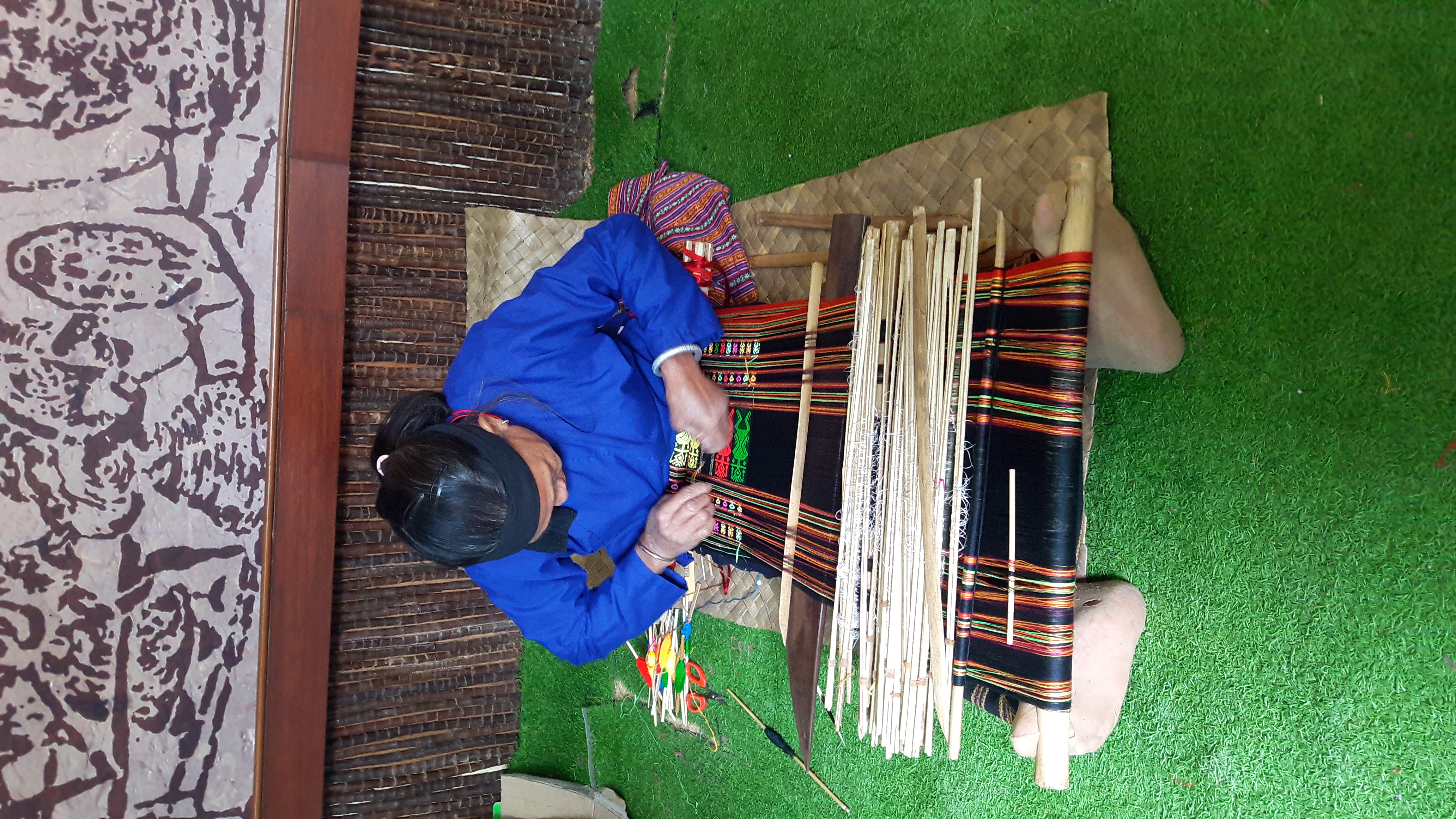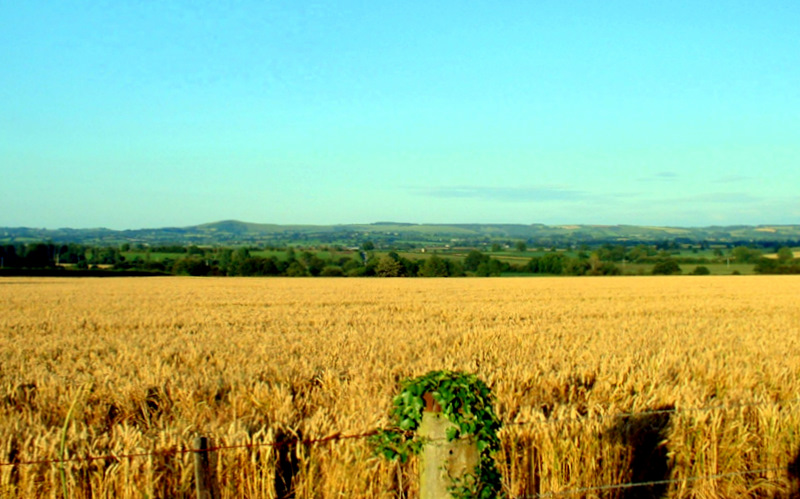|
Baocheng, Hainan
Baocheng () is a town in southern Hainan, China, to the north of Sanya. It is the county seat of Baoting Li and Miao Autonomous County. The Baocheng River flows through the town. The area is home to the Baocheng people, who belong to the Qi people of the Li ethnic group. The town spans an area of , and has a population of 37,492, per a 2020 government publication. Geography Baocheng is located in the northeast of Baoting Li and Miao Autonomous County, from Wuzhishan, and from Sanya. About 63,000 mu of the town's area is forested, and 15,727 mu is arable. Administrative divisions Baocheng administers three residential communities () and eight administrative villages (). Residential communities Baocheng administers the following three residential communities: * Chengbei Community () * Chengnan Community () * Rezuo Community () Villages Baocheng administers the following eight administrative villages: * Chaokang Village () * Fanwen Village () * Shihao Village ( ... [...More Info...] [...Related Items...] OR: [Wikipedia] [Google] [Baidu] |
Town (China)
When referring to Administrative divisions of China#Township level (4th), political divisions of China, town is the standard English translation of the Chinese (traditional: ; zh, p=zhèn , w=chen4). The Constitution of the People's Republic of China classifies towns as fourth-level administrative units, along with, for example, Townships of China, townships ( zh, s=乡 , p=xiāng). A township is typically smaller in population and more remote than a town. Similar to higher-level administrative units, the borders of a town would typically include an urban core (a small town with the population on the order of 10,000 people), as well as a rural area with some Villages of China, villages ( zh, labels=no, s=村 , p=cūn, or zh, labels=no, s=庄 , p=zhuāng). Map representation A typical provincial map would merely show a town as a circle centered at its urban area and labeled with its name, while a more detailed one (e.g., a map of a single county-level division) would also s ... [...More Info...] [...Related Items...] OR: [Wikipedia] [Google] [Baidu] |
Wuzhishan City
Wuzhishan (literally, five point mountain) is a county-level city in the highlands of Hainan Island, China. Although called a "city", Wuzhishan refers to a large land area in Hainan - an area which was once a county. Within this area is the main city seat, located beside Wuzhi Mountain, called Wuzhishan City. The city's total area is 1129 square kilometres, and its population is 115,000 people. Its postal code is 572200, and its district number is 0898. Municipal Government Wuzhishan Municipal Public Security Bureau The Wuzhishan Municipal Public Security Bureau (五指山市公安局) is the primary law enforcement agency of Wuzhishan. As of 2014, it has 136 sworn officers and 14 civilian employees. Climate Wuzhishan has a tropical wet and dry climate (Köppen Köppen is a German surname. Notable people with the surname include: * Bernd Köppen (1951–2014), German pianist and composer * Carl Köppen (1833-1907), German military advisor in Meiji era Japan * Edlef K ... [...More Info...] [...Related Items...] OR: [Wikipedia] [Google] [Baidu] |
Miao People
Miao is a word that the Chinese use to designate some ethnic minority groups living in southern China and Mainland Southeast Asia. Miao is thus officially recognized by the Chinese government as one of the largest ethnic minority groups that has more than 56 official ethnicities and dialects. The Miao live primarily in the mountains of southern China. Their homeland encompasses the provinces of Guizhou, Yunnan, Sichuan, Hubei, Hunan, Guangxi, Guangdong, and Hainan. Some sub-groups of the Miao, most notably the Hmong people, have migrated out of China into Southeast Asia (Myanmar, Northern Vietnam, Laos, and Thailand). Following the communist takeover of Laos in 1975, a large group of Hmong refugees resettled in several Western nations, mainly in the United States, France, and Australia. Miao is a Chinese term, while the component groups of people have their own autonyms, such as (with some variant spellings) Hmong, Hmu, Xong (Qo-Xiong), and A-Hmao. These people (except th ... [...More Info...] [...Related Items...] OR: [Wikipedia] [Google] [Baidu] |
Hlai People
The Hlai, also known as Li or Lizu, are a Kra–Dai-speaking ethnic group, one of the 56 ethnic groups officially recognized by the People's Republic of China. The vast majority live off the southern coast of China on Hainan Island, where they are the largest minority ethnic group. Divided into the five branches of the Qi (Gei), Ha, Run (Zwn), Sai (Tai, Jiamao) and Meifu (Moifau), the Hlai have their own distinctive culture and customs. Names 黎 (Lí), which was pronounced /lei/ in Middle Chinese is the Chinese transcription of their native name, which is Hlai. They are sometimes also known as the "Sai" or "Say". During China's Sui Dynasty, their ancestors were known by various names, including ''Lǐliáo'' (), a general term encompassing several non-Han ethnic groups in Southern China. The name Li first is recorded during the Later Tang period (923–937 CE). History Liang and Zhang (1996:18–21) believe that the original homeland of the Hlai languages was the Leizhou P ... [...More Info...] [...Related Items...] OR: [Wikipedia] [Google] [Baidu] |
Household
A household consists of one or more persons who live in the same dwelling. It may be of a single family or another type of person group. The household is the basic unit of analysis in many social, microeconomic and government models, and is important to economics and inheritance. Household models include families, blended families, shared housing, group homes, boarding houses, houses of multiple occupancy (UK), and single room occupancy (US). In feudal societies, the royal household and medieval households of the wealthy included servants and other retainers. Government definitions For statistical purposes in the United Kingdom, a household is defined as "one person or a group of people who have the accommodation as their only or main residence and for a group, either share at least one meal a day or share the living accommodation, that is, a living room or sitting room". The introduction of legislation to control houses of multiple occupations in the UK Housing Act ... [...More Info...] [...Related Items...] OR: [Wikipedia] [Google] [Baidu] |
National Bureau Of Statistics Of China
The National Bureau of Statistics () is a deputy-ministerial level agency directly under the State Council of China. Established in August 1952, the bureau is responsible for collection, investigation, research and publication of statistics concerning the nation's economy, population and other aspects of the society. Kang Yi has served as the commissioner of the bureau since 3 March 2022. Responsibilities The bureau's authority and responsibilities are defined in ''Statistics Law of the People's Republic of China''. It is responsible for the research of the nation's overall statistics and oversees the operations of its local counterparts. Organizations The bureau is overseen by a commissioner, several deputy commissioners (currently four), a chief methodologist, a chief economist, and a chief information officer. It is composed of 18 departments, oversees 12 affiliated institutions, and manages 32 survey organizations stationed in respective provinces. It also operates ... [...More Info...] [...Related Items...] OR: [Wikipedia] [Google] [Baidu] |
Villages Of China
Villages (), formally village-level divisions () in China, serve as a fundamental organizational unit for its rural population (census, mail system). Basic local divisions like neighborhoods and communities are not informal, but have defined boundaries and designated heads (one per area). In 2000, China's densely populated villages (>100 persons/square km) had a population greater than 500 million and covered more than 2 million square kilometers, or more than 20% of China's total area. By 2020, all incorporated villages (with proper conditions making it possible) had road access, the last village to be connected being a remote village in Sichuan province's Butuo County. Types of villages Urban * Residential community () ** Residents' committee () *** Residential groups ( ;Note: Urban village () one that spontaneously and naturally exists within urban area, which is not an administrative division. Rural * Administrative village or Village () * Hamlet or Band () * Gacha ... [...More Info...] [...Related Items...] OR: [Wikipedia] [Google] [Baidu] |
Residential Communities Of China
A residential community is a community, usually a small town or city, that is composed mostly of residents, as opposed to commercial businesses and/or industrial facilities, all three of which are considered to be the three main types of occupants of the typical community. Residential communities are typically communities that help support more commercial or industrial communities with consumers and workers. That phenomenon is probably because some people prefer not to live in an urban or industrial area, but rather a suburban or rural setting. For that reason, they are also called dormitory towns, bedroom communities, or commuter towns. An example of residential community would include a small town or city outside a larger city or a large town located near a smaller but more commercially- or industrially-centered town or city, for instance Taitou in Gaocun, Wuqing, and Tianjin, China. China In the People's Republic of China, a community ( zh, s=社区, labels=n ... [...More Info...] [...Related Items...] OR: [Wikipedia] [Google] [Baidu] |
Arable Land
Arable land (from the , "able to be ploughed") is any land capable of being ploughed and used to grow crops.''Oxford English Dictionary'', "arable, ''adj''. and ''n.''" Oxford University Press (Oxford), 2013. Alternatively, for the purposes of agricultural statistics, the term often has a more precise definition: A more concise definition appearing in the Eurostat glossary similarly refers to actual rather than potential uses: "land worked (ploughed or tilled) regularly, generally under a system of crop rotation". In Britain, arable land has traditionally been contrasted with pasturable land such as heaths, which could be used for sheep-rearing but not as farmland. Arable land is vulnerable to land degradation and some types of un-arable land can be enriched to create useful land. Climate change and biodiversity loss are driving pressure on arable land. By country According to the Food and Agriculture Organization of the United Nations, in 2013, the world's arable land amo ... [...More Info...] [...Related Items...] OR: [Wikipedia] [Google] [Baidu] |
Forest
A forest is an ecosystem characterized by a dense ecological community, community of trees. Hundreds of definitions of forest are used throughout the world, incorporating factors such as tree density, tree height, land use, legal standing, and ecological function. The United Nations' Food and Agriculture Organization (FAO) defines a forest as, "Land spanning more than 0.5 hectares with trees higher than 5 meters and a Canopy (biology), canopy cover of more than 10 percent, or trees able to reach these thresholds ''in situ''. It does not include land that is predominantly under agricultural or urban use." Using this definition, ''Global Forest Resources Assessment (FRA), Global Forest Resources Assessment 2020'' found that forests covered , or approximately 31 percent of the world's land area in 2020. Forests are the largest Terrestrial ecosystem, terrestrial ecosystems of Earth by area, and are found around the globe. 45 percent of forest land is in the Tropical forest, trop ... [...More Info...] [...Related Items...] OR: [Wikipedia] [Google] [Baidu] |
Mu (unit Of Area)
The mu () in Mandarin, mau or mou in Cantonese, or bo in Taiwanese Hokkien, also called Chinese acre, is a traditional Chinese unit of measurement for land area. One ''mu'' equals 666.67 square meters in mainland China, 761.4 square meters in Hong Kong and Macau, and 99.17 square meters in Taiwan and Japan. ''Mu'' is the only Chinese area unit legally retained by the People's Republic of China. Origin The ''mu'' was defined in terms of the ''bu'', or more precisely the square ''bu''. Deng Zhan of the Three Kingdoms era wrote that "in the old times 100 ''bu'' makes a ''mu'', but now 240 ''bu'' makes a ''mu''. Han dynasty fields use Qin dynasty units." Combined with known values of the Han dynasty ''chi'' and ''bu'', the "new" ''mu'' of the Han Dynasty is therefore 240 ''bu''2 = 240 ( × )2 = 461 m2. Mainland On 7 January 1915, the Beiyang government promulgated a measurement law to use not only the metric system as the standard but also a set of Chinese meas ... [...More Info...] [...Related Items...] OR: [Wikipedia] [Google] [Baidu] |





